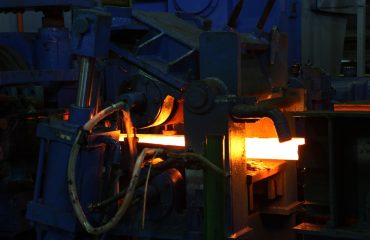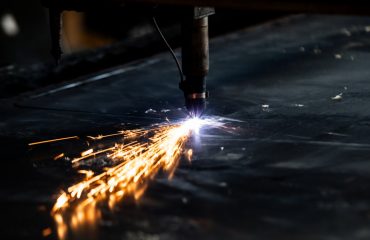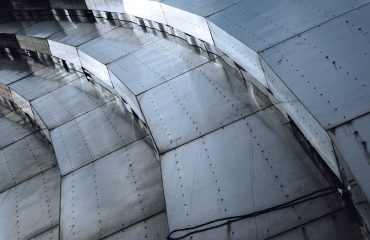body {
font-family: sans-serif;
line-height: 1.6;
}
h1, h2, h3 {
color: #333;
}
Power plants, the behemoths of energy generation, rely on robust and reliable infrastructure to function efficiently and safely. While turbines, generators, and boilers often grab the spotlight, a critical yet often overlooked component is the extensive use of steel profiles. These seemingly simple shapes – beams, channels, angles, and more – form the backbone of countless power plant structures and systems, contributing significantly to their overall performance and longevity. This post delves into the vital role steel profiles play in the heart of energy production.
Structural Integrity: The Foundation of Power Plant Construction
The sheer scale of power plants necessitates strong and stable structures. Steel profiles provide the essential structural support for buildings, cooling towers, and other critical infrastructure. Heavy-duty I-beams and H-beams form the framework of plant buildings, supporting massive equipment and withstanding significant loads. Wide flange beams are commonly used in the construction of elevated walkways and platforms, crucial for maintenance and access. The high tensile strength and ductility of steel allow for efficient load distribution, minimizing material usage while maximizing structural integrity. Careful design and selection of steel profiles are crucial to ensure the overall stability and longevity of the power plant, mitigating risks associated with seismic activity and extreme weather conditions.
Heat Resistance and High-Temperature Applications: Withstanding Extreme Conditions
Power plants operate under extreme temperatures and pressures. Specific steel profiles with enhanced heat resistance are critical in areas exposed to high temperatures, such as boiler housings, flue gas ducts, and heat exchangers. These often utilize specialized alloys, like stainless steel or heat-resistant steel, to withstand prolonged exposure to extreme heat without compromising structural integrity or experiencing significant creep or fatigue. The selection of appropriate steel profiles in these high-temperature applications is crucial for ensuring safe and efficient operation, preventing costly downtime and potential safety hazards.
Precision Engineering and Fabrication: Tailoring Steel to Power Plant Needs
The fabrication of steel profiles plays a crucial role in the precision and efficiency of power plant construction. Advanced techniques like laser cutting, CNC machining, and robotic welding allow for the creation of highly accurate and complex steel components. This precision ensures a perfect fit for various parts, optimizing assembly and reducing construction time. The ability to fabricate custom steel profiles allows engineers to tailor solutions to specific needs, accommodating unique design requirements and maximizing efficiency. This precise fabrication is especially vital in critical systems where tolerances are extremely tight, ensuring seamless integration and optimal performance.
Corrosion Resistance and Protective Coatings: Ensuring Longevity and Safety
Power plants often operate in harsh environments, exposed to moisture, chemicals, and other corrosive elements. To extend the lifespan of steel profiles and prevent corrosion, various protective coatings are applied. Galvanization, painting, and specialized coatings provide a barrier against corrosion, protecting the steel from degradation and ensuring the long-term integrity of the structure. The choice of coating depends on the specific environmental conditions and the level of protection required. Regular inspection and maintenance of these coatings are essential to prevent corrosion and maintain the structural integrity of the power plant.
Sustainability and Recycling: Minimizing Environmental Impact
The construction and operation of power plants have significant environmental implications. The use of steel profiles offers a sustainable advantage. Steel is a highly recyclable material, allowing for the recovery and reuse of steel components at the end of their lifespan. This significantly reduces the environmental impact compared to using other materials with lower recyclability. Furthermore, the use of sustainably sourced steel, produced with reduced carbon emissions, further minimizes the environmental footprint of power plant construction. The incorporation of sustainable practices throughout the lifecycle of steel profiles contributes to a more environmentally responsible energy generation sector.
In conclusion, steel profiles are not merely structural components; they are integral to the safe and efficient operation of power plants. Their versatility, strength, and recyclability make them an indispensable material in the energy sector. Careful consideration of material selection, fabrication techniques, and protective measures ensures the longevity and performance of these critical infrastructure elements, contributing to a reliable and sustainable energy future.
SEO Tags:
- Steel profiles
- Power plant construction
- Steel structures
- Heat resistant steel
- Power plant engineering




